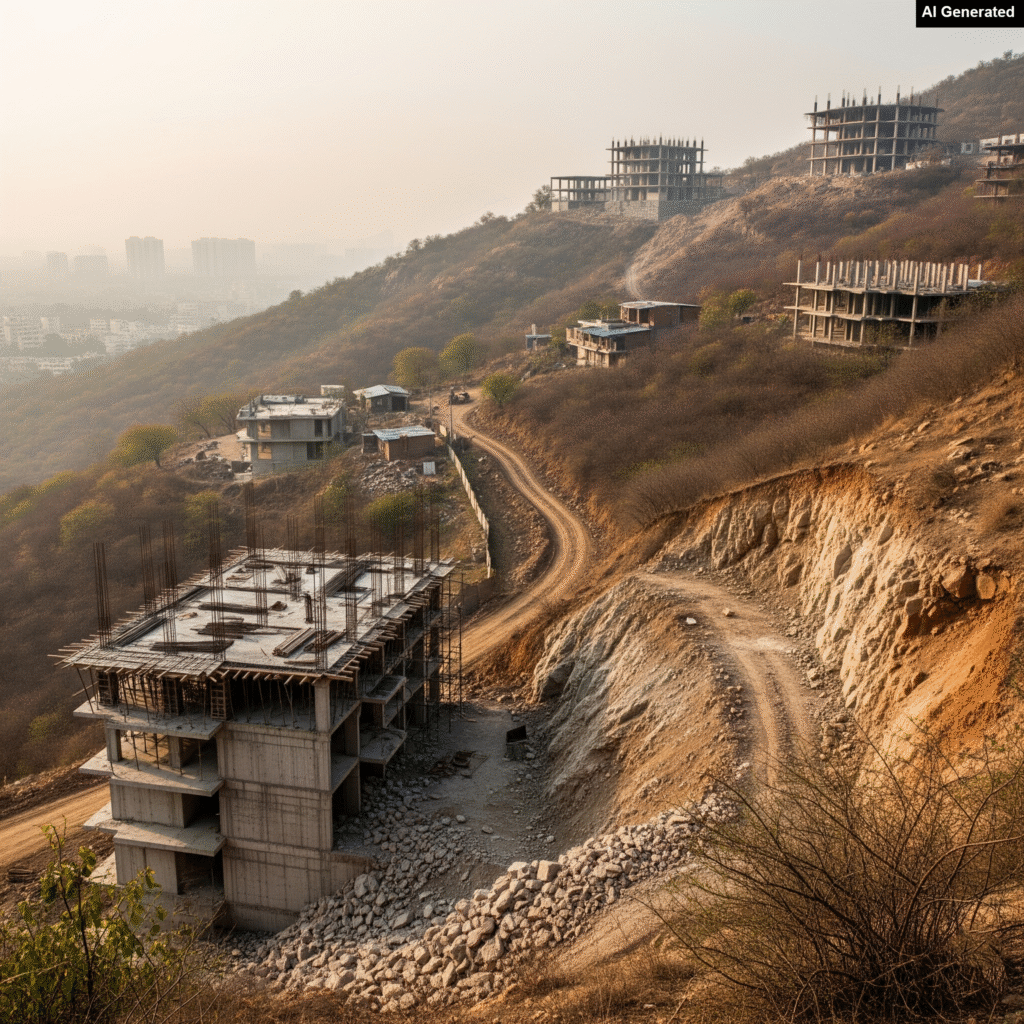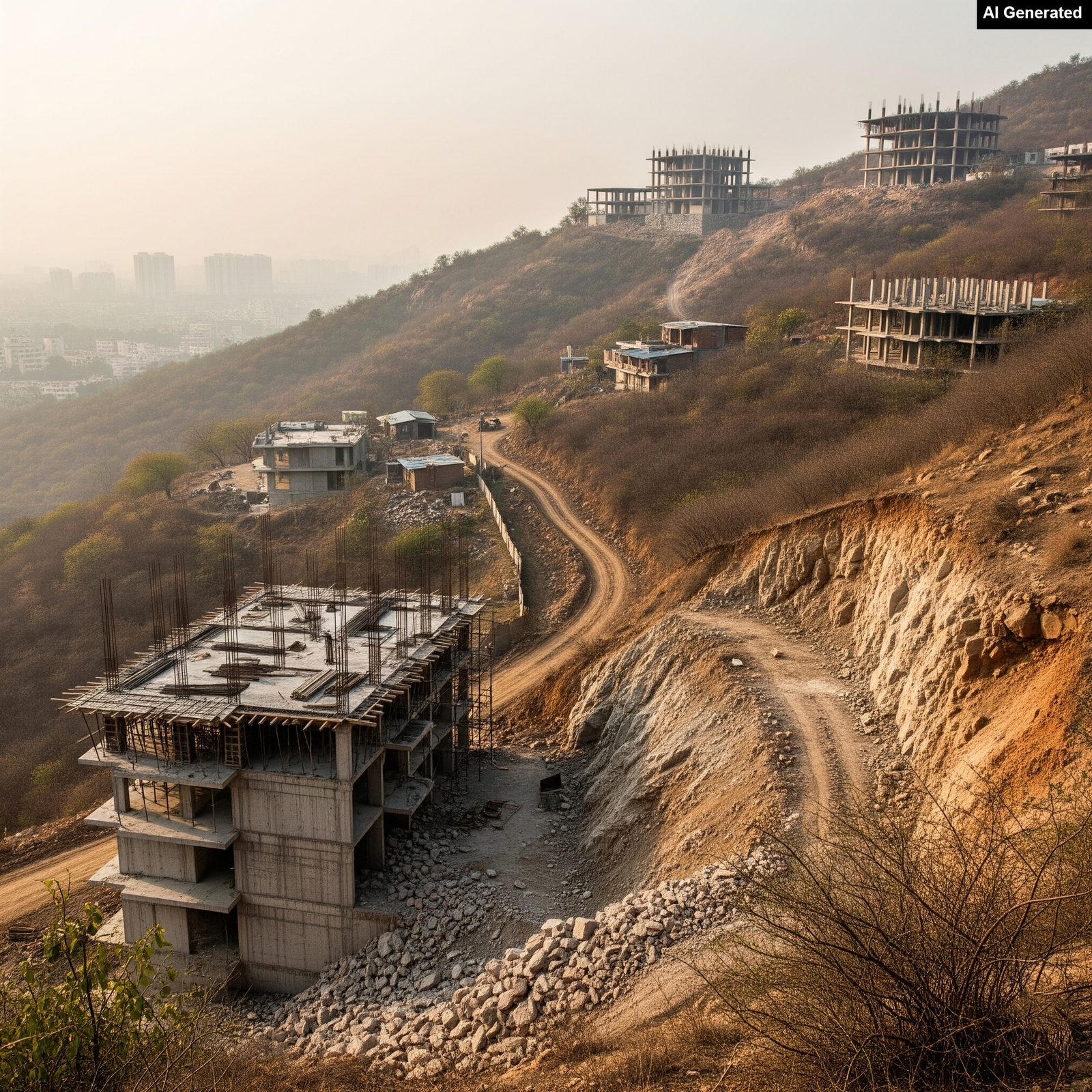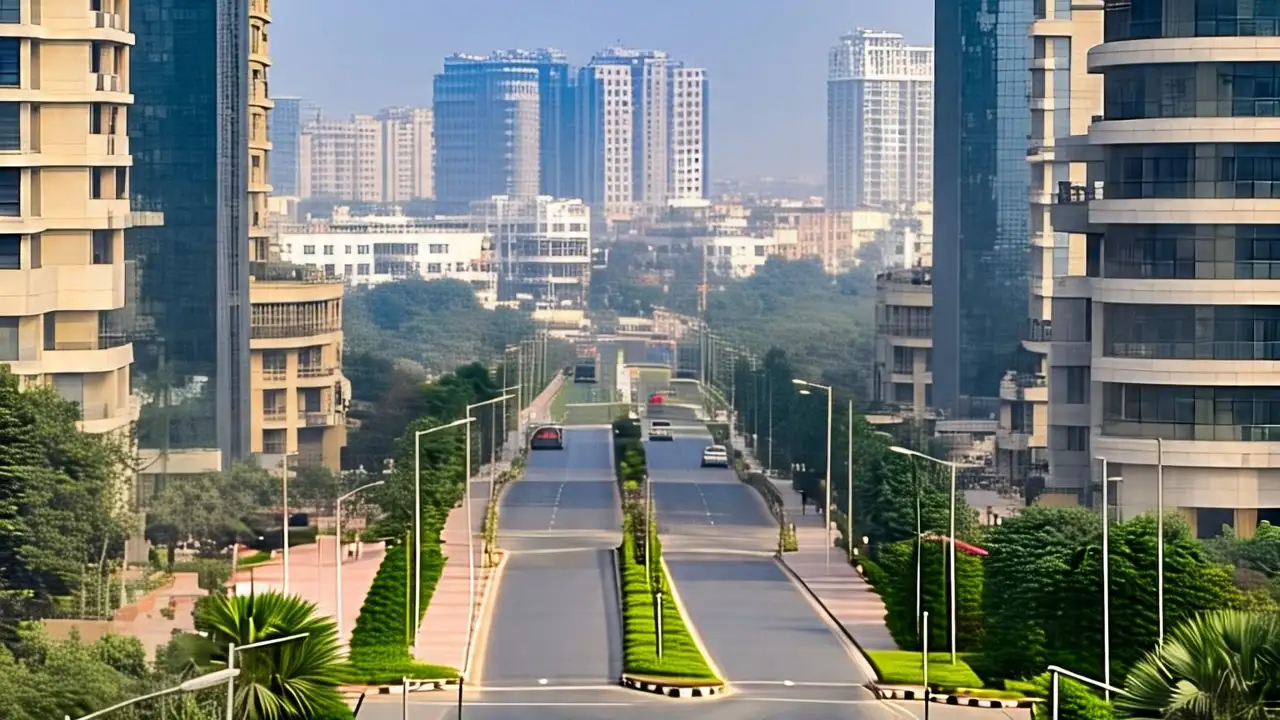
Aravalli mountain range, an ecological lifeline for North India, is once again at the center of a legal storm. The National Green Tribunal (NGT) has issued a powerful and far-reaching NGT notice to Co, Govts over illegal construction in Aravalli, a move that signals a serious crackdown on environmental violations. This is not just another bureaucratic directive; it represents a critical step toward holding both a private real estate firm and key government bodies accountable for alleged widespread illegal construction and a perceived failure to protect this ancient and fragile ecosystem. The notice, prompted by a citizen’s petition, highlights the growing conflict between unchecked urbanization and the urgent need for environmental preservation in the National Capital Region (NCR).
The Aravalli Legal Challenge: Unpacking the Allegations
The petition that triggered this legal action details a series of disturbing allegations. At its core is the claim that a real estate firm has undertaken massive construction—allegedly spanning over 400,000 square meters—in the ecologically sensitive Wazirabad ridge area of Gurgaon. The central accusation is that this project began without the necessary environmental clearance, a direct and brazen violation of the Environmental Impact Assessment (EIA) Notification, 2006. The EIA is a crucial legal framework designed to prevent exactly this kind of development in sensitive zones by mandating a thorough assessment of potential environmental damage before any construction can proceed.
Furthermore, the petition presents visual evidence—including photographs and satellite imagery—that reportedly shows significant encroachment into the forest. The images depict concrete structures, sheds, and a large parking lot built directly on the edge of the protected forestland. This physical encroachment not only destroys the natural habitat but also disrupts the delicate balance of the local ecosystem, which is home to a variety of flora and fauna. For years, environmentalists have warned that the unchecked construction activity in the Aravallis is leading to irreversible damage, including a loss of biodiversity and a disruption of natural water recharge cycles.
A Call for Accountability (Aravalli): The NGT’s Directive
The scope of the NGT’s notice is particularly notable because it extends beyond the private developer. The tribunal has also directed its inquiry toward several government agencies, including the Ministry of Environment, Forest and Climate Change (MoEF), the Haryana government, the State Environment Impact Assessment Authority (SEIAA), and the Haryana State Pollution Control Board (HSPCB).
This is a crucial aspect of the case, as the petition suggests a pattern of regulatory negligence and inaction on the part of these authorities. The argument is that despite the blatant violations, the government bodies failed to enforce the existing laws and prevent the construction from moving forward. This perceived lack of oversight has emboldened developers and created a climate where environmental laws are routinely flouted.
The Aravallis are more than just a mountain range; they are a vital climate regulator for the NCR. They act as a natural barrier against the desert winds from Rajasthan, a crucial groundwater recharge zone, and a green lung for the densely populated urban areas of Delhi, Gurgaon, and Faridabad. The continued degradation of this range has severe long-term consequences, including increased air pollution, water scarcity, and a decline in biodiversity. The current NGT case serves as a powerful reminder that the long-term health of the environment must be prioritized over short-term commercial gains.
The upcoming hearing will be a landmark event for environmental law in India. The outcome of this case could set a precedent for how future development projects are handled in ecologically sensitive areas. It is a critical moment for accountability, and all eyes will be on the responses of the implicated parties. This legal battle is a testament to the power of citizen activism and a renewed hope that the NGT’s intervention will finally lead to the strict enforcement of laws that protect our country’s precious natural resources.
Source:- TOI Aravalli





